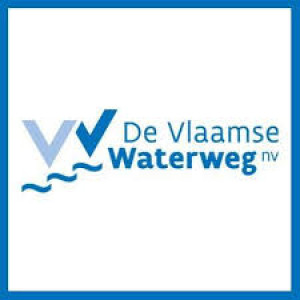 \
&
Contact us
\
&
Contact us
 \
&
Contact us
\
&
Contact us
Published on | 1 year ago
Programmes MSCA MSCAThe Marie Skłodowska-Curie Actions (MSCA) fund excellent research and innovation and equip researchers at all stages of their careers with new knowledge and skills through five different actions: Doctoral Networks (DN), Postdoctoral Fellowships (PF), Staff Exchanges (SE), COFUND, and MSCA and Citizens. Costs under these actions are reimbursed on the basis of lump sum and unit contributions, the latter covering costs for recruited researchers, seconded staff members as well as institutional costs. The current rates were established in 2020 in the Decision of 11 March 2021 authorising the use of lump sum and unit contributions for MSCA under the Horizon Europe Programme.
The above-mentioned Decision requires the Commission to closely monitor the lump sum and unit contributions to ensure that they respect sound financial management and co-financing principles, do not contribute to double financing and remain sufficiently competitive and attractive to excellent researchers and institutions. Thus, the objective of this study is to carry out a mid-term review of the MSCA lump sum and unit contributions, and to recommend updated eligible researcher and institutional unit contributions for each Marie Skłodowska-Curie action. (from the abstract of the study)
Based on the conducted analysis, the study proposes 10 recommendations for the MSCA funding system (p.86) among others:
Update: as of the 2024 MSCA calls changes to the CCC and allowances have been implemented, i.e. included in the Horizon Europe MSCA 2023-2025 work programme (17 April 2024).
We offer news and event updates, covering all domains and topics of Horizon Europe, Digital Europe & EDF (and occasionally, for ongoing projects, Horizon 2020).
Stay informed about what matters to you.
By signing up, you can opt in for e-mail notifications and get access to
a personalised dashboard that groups all news updates and event announcements in your domain(s).
Only for stakeholders located in Flanders

Autoship is, as the name suggests, an acronym for autonomous ship. Just like with self-driving cars, the possibilities of an unmanned boat seem endless. It can create more efficient freight transport, around the clock deliveries and these are just a few of the examples. The project has two societal challenges.
At first, De Vlaamse Waterweg was a bit hesitant as their experience with FP7 or Horizon 2020 projects was limited and they had not been very successful up until then. The fact that they were already doing basic research on the topic of autonomous boats, and the administrative help of NCP FLanders helped De Vlaamse waterweg to cross the line and get involved.